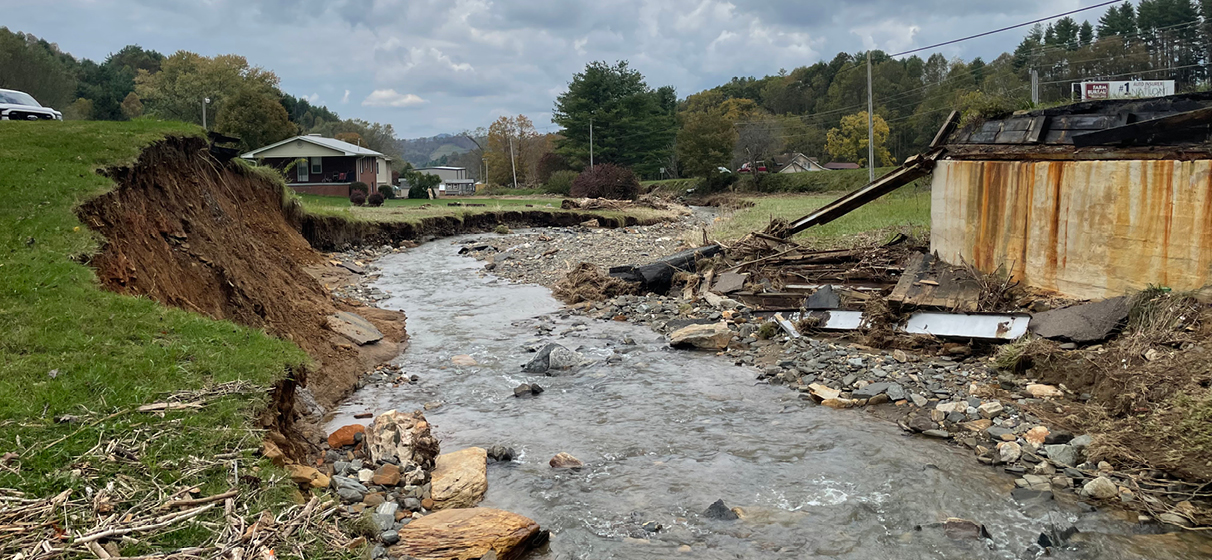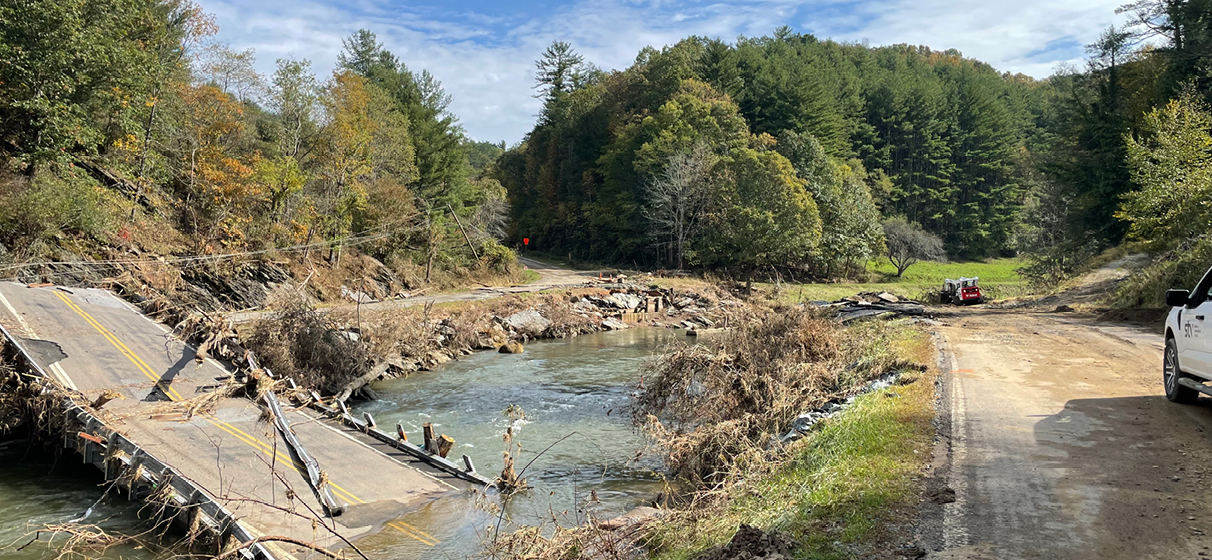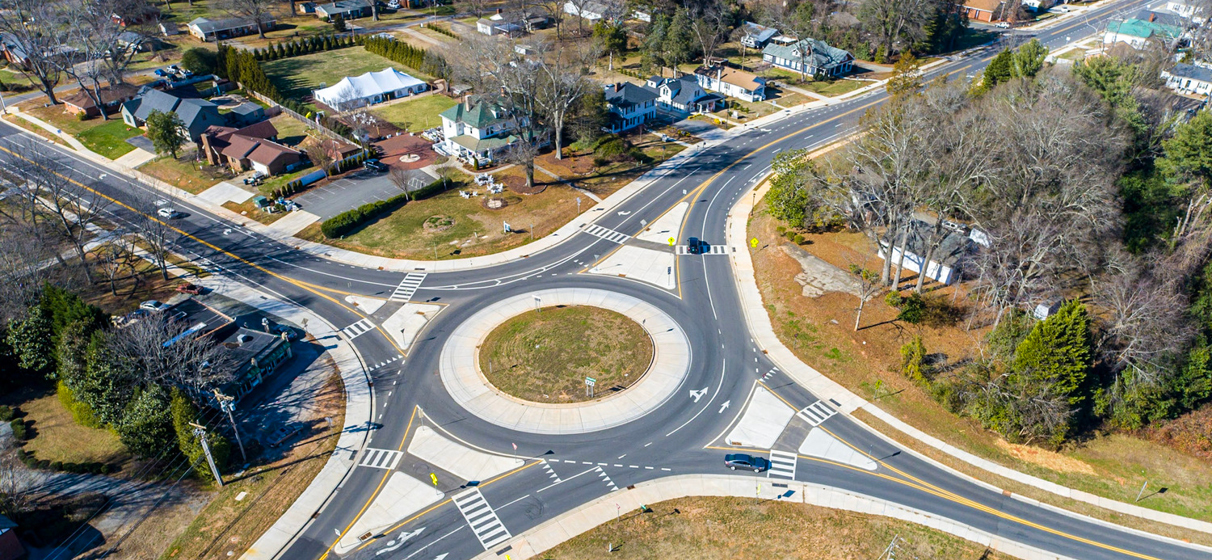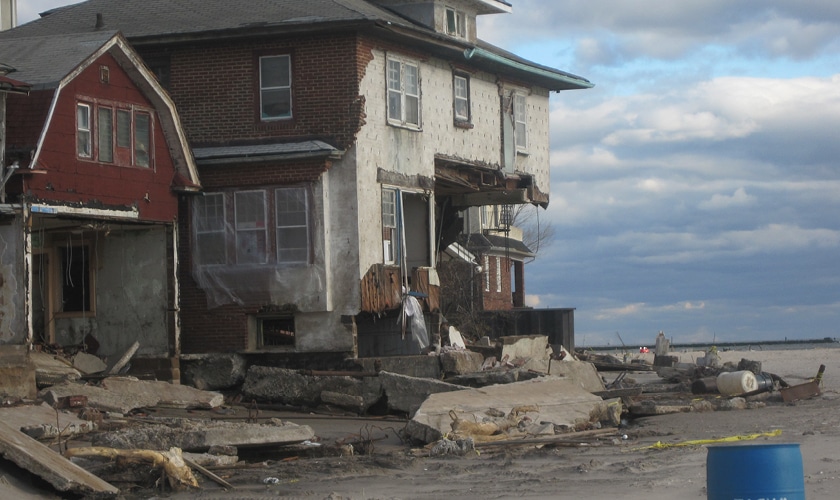As a state graced with beautiful coastlines and rich natural landscapes, North Carolina is no stranger to the powerful forces of nature that can shape its environment. Hurricanes, tropical storms and other weather events pose significant challenges, particularly for the bridges and road structures that connect people to places and facilitate the movement of goods along the East Coast.
For years, STV has been at the forefront of providing emergency design and repair services for this vital infrastructure. As evidenced by our most recent contract to serve as the lead designer alongside Wright Brothers Construction Company as the prime contractor for the emergency repair of critical infrastructure damaged by 2024’s Hurricane Helene in Henderson and Rutherford counties, our team has long demonstrated an unwavering commitment to making roads and bridges both safer and more resilient against environmental shocks.
North Carolina’s geographical location along the Atlantic Ocean makes it uniquely vulnerable to hurricanes. Historically, the state experiences several hurricanes yearly, ranging in intensity and impact. Storms bring heavy rain and high winds and can result in extensive flooding, storm surges and infrastructure damage. Subsequent repairs and emergency responses require specialized knowledge and experience.
Holding this expertise is especially important in North Carolina due to the state’s diverse infrastructure. Various materials, design methods and environmental constraints present unique challenges that require tailored solutions. Bridges and roadways are lifelines during emergency evacuations and relief operations. Our experts incorporate advanced design practices that leverage innovative technologies and engineering methodologies to increase the durability and resilience of these structures against future storms.
Additionally, STV has extensive experience helping clients navigate the FEMA reimbursement process, which can be complex for agencies who rarely utilize this funding source. To receive FEMA reimbursement, specific consultant and contractor selection processes and design constraints must be followed. STV’s extensive experience in this area has proven invaluable, like in 2016 following Hurricane Matthew, when our team helped the City of Fayetteville secure funding to not only rebuild but also implement crucial resiliency improvements, including a gabion basket wall designed to harden against future storms.
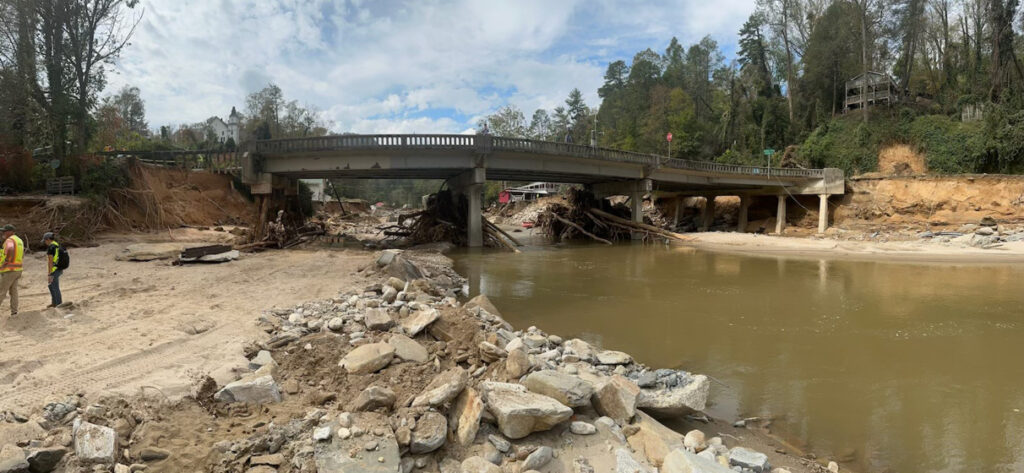
A Rapid Response to North Carolina’s Most Costly Storm
Hurricane Helene reached North Carolina last September, causing catastrophic flooding and infrastructure destruction. North Carolina Gov. Josh Stein estimated more than $59 billion in damages and recovery needs – a record for the state. In Henderson and Rutherford counties US 74A, NC 9 and US 64 are essential arteries for residents and the region’s emergency services.
When developing improvements for these corridors, our response involves more than just temporary fixes. We implement advanced design measures that incorporate elevated bridge decks, robust materials that withstand prolonged exposure to moisture and improved drainage systems to manage stormwater effectively. This holistic approach addresses immediate concerns while fortifying structures against the potential impacts of future storms, demonstrating STV’s commitment to resilience and innovation.
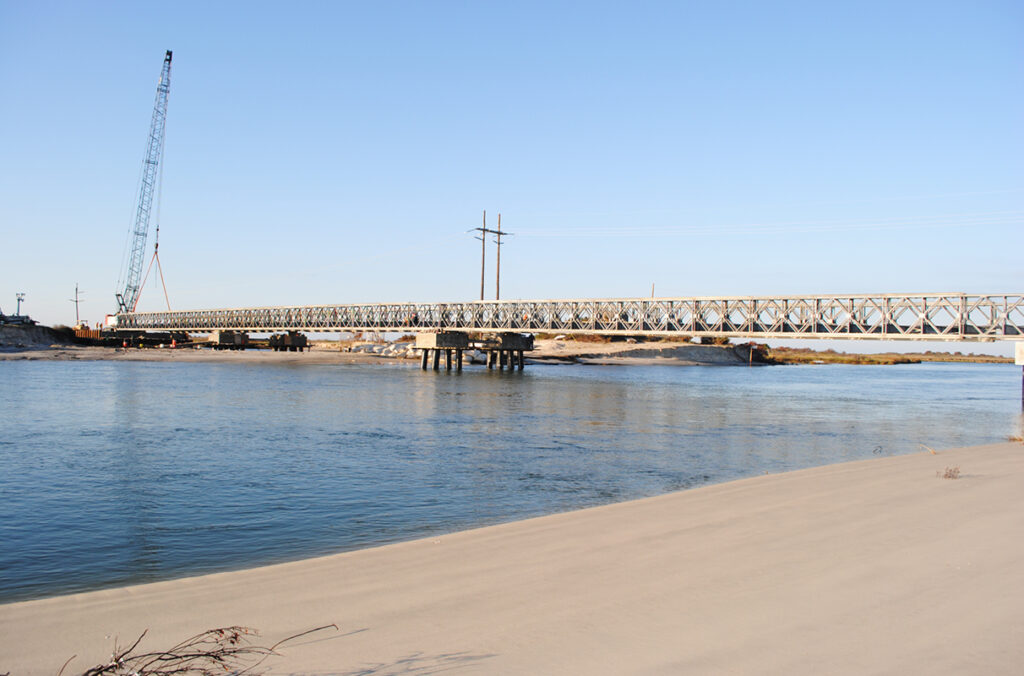
Building on Our History in North Carolina
Our response for Helene also echoed our earlier support in North Carolina following 2018’s Hurricane Florence, 2016’s Hurricane Matthew and 2011’s Hurricane Irene.
In 2018, Florence caused nearly $24.2 billion in damages, mainly in North and South Carolina. On behalf of the North Carolina Department of Transportation (NCDOT), our team provided emergency response services including roadway and bridge design, structure and erosion control plans, bridge surveys and drainage details for structures in New Hanover, Pender and Bladen Counties. This work also included developing temporary structures until a permanent replacement was designed and constructed.
Following Hurricane Matthew, STV conducted bridge inspections; provided repair recommendations; and designed roadway, water/sewer and drainage improvements for the North Cool Springs Street project in Fayetteville. The gabion wall that was installed allowed the site to remain in good condition after Hurricane Florence made impact two years later, demonstrating the improved resilience of this infrastructure. Additionally, STV completed the design for this project in only 30 calendar days from start to finish.
Similarly, in 2011, the challenges we faced following Hurricane Irene were significant. Irene brought substantial flooding and wind damage across eastern North Carolina, impacting numerous infrastructure components. After assessing the impact on bridges along major thoroughfares, including those leading to vital coastal communities such as the Outer Banks, STV implemented rapid assessments and initiated emergency designs for repairs. In the aftermath, our team focused on restoring functionality while also considering long-term solutions such as elevating roadways and utilizing materials designed for durability under extreme conditions that would enhance resilience against subsequent weather events.
This work earned our team a special commendation from then-Gov. Bev Perdue, who said, “You joined the North Carolina Department of Transportation engineers and staff with a ‘How can we do this faster?’ attitude. That mindset helped us get the job done quickly, and you should be commended for all you did to make it happen.”
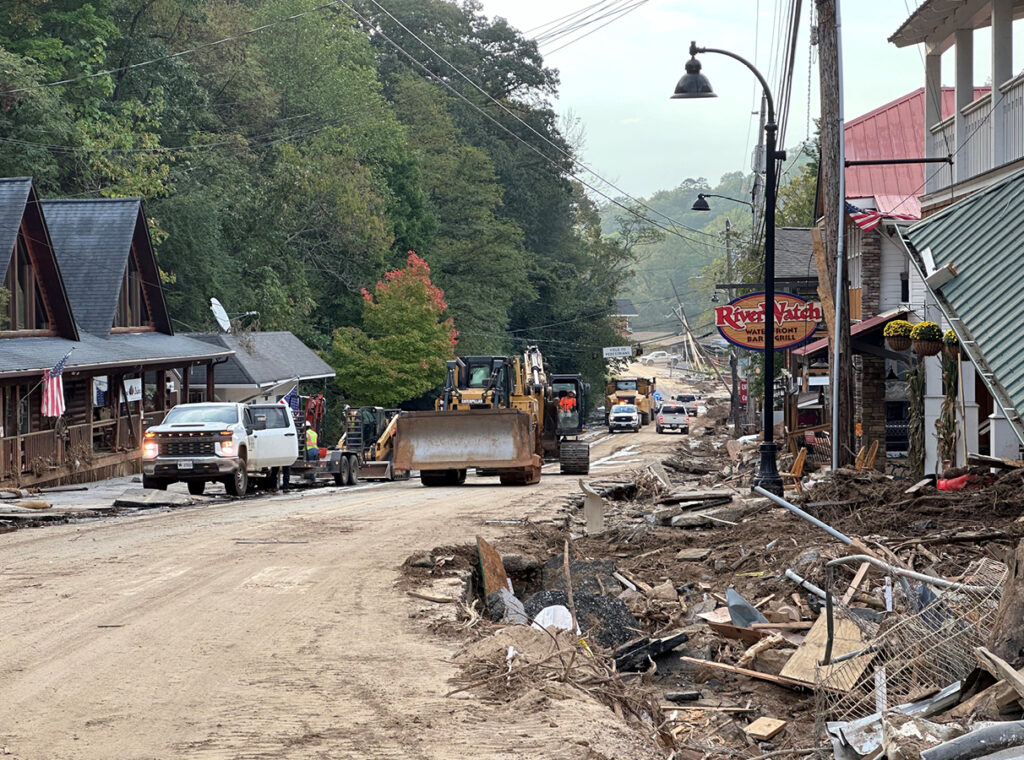
Designing a More Resilient Future
STV’s commitment to supporting NCDOT and other stakeholders goes beyond emergency response – we’re focused on long-term infrastructure resilience. We understand that the conversation around infrastructure resilience needs to continue after the immediate damage has been addressed. It is essential to prepare comprehensive assessments of potential vulnerabilities since those allow us to improve and fortify designs based on lessons learned from each storm. In taking this approach, our thought leadership extends beyond project execution; we aim to foster a culture of preparedness and proactive response that benefits communities across North Carolina. Through collaboration, innovation and unwavering service, STV stands ready to meet the challenges of our coastal vulnerabilities head-on, so North Carolina’s bridges and roadways can be a safe and reliable connection for future generations.
